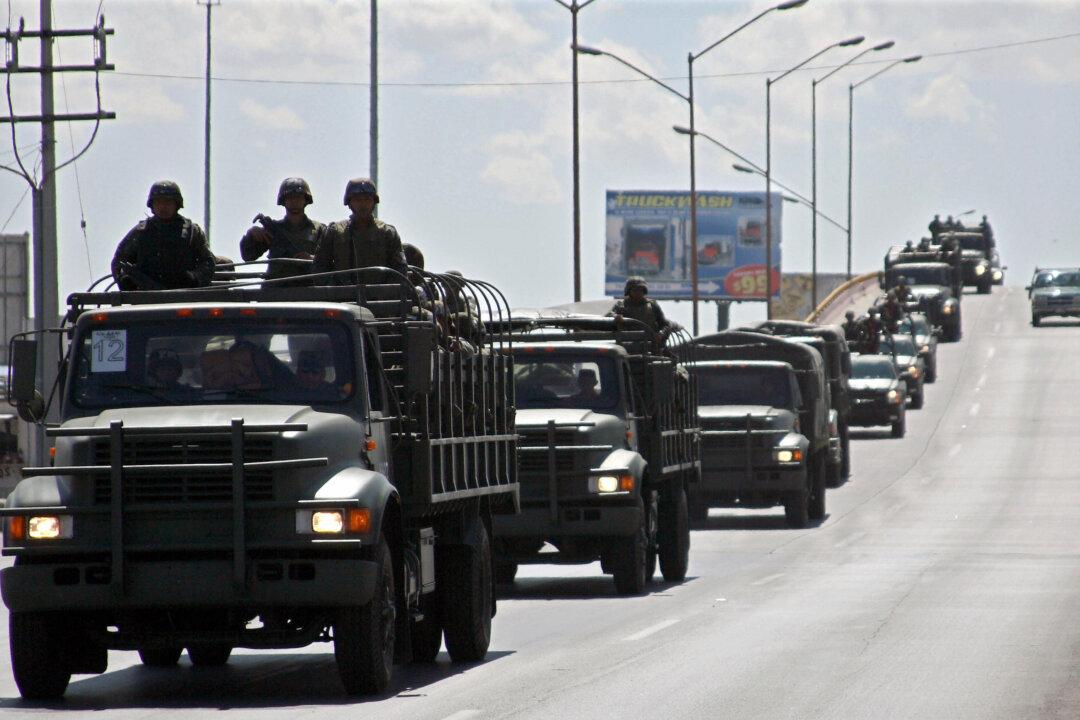Ever heard of drug war capitalism? The term refers to the combination of anti-drug policies, state militarization, criminal activity, and paramilitarization that dissolves clear distinctions between state forces and drug cartels in the territorial and social expansion of capitalism. Mexico is a case in point—both in everyday life and the novels of the American writer Don Winslow.
Indeed, recent events in Mexico’s drug war could easily have been depicted in Winslow’s diptych “The Power of the Dog“ (2005) and ”The Cartel“ (2015). But first, everyday life Mexico.
Two seemingly disparate recent events bring into stark relief the contradictions and consequences of the drug war in that country.
The first occurred in July, and involved the boss of the Sinaloa Cartel, Joaquín “El Chapo” Guzmán, who conducted a dramatic escape from a high-security prison in Toluca, in the State of Mexico.

